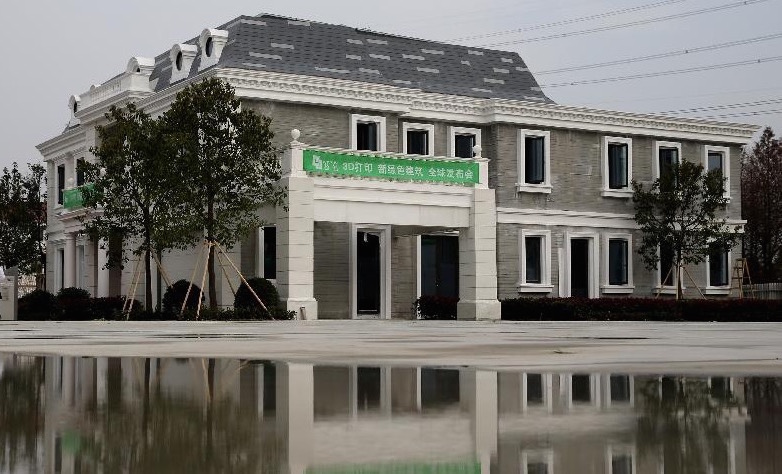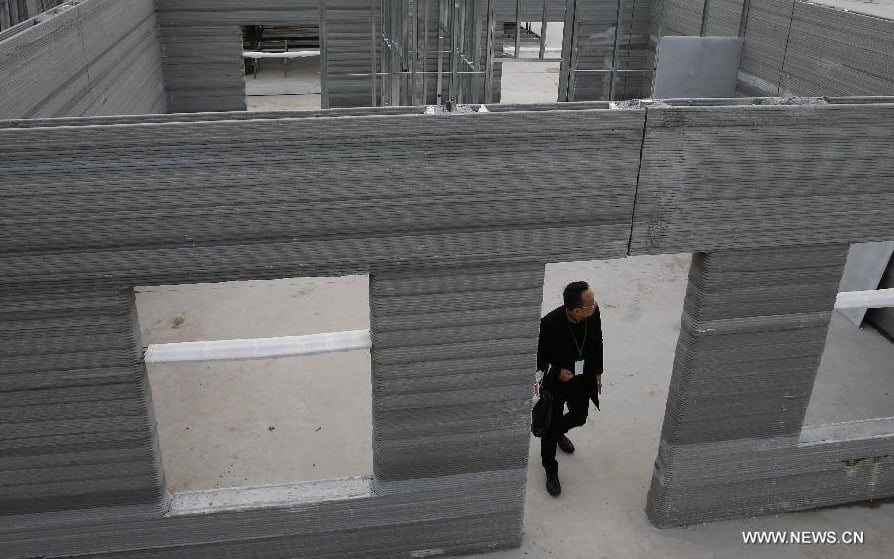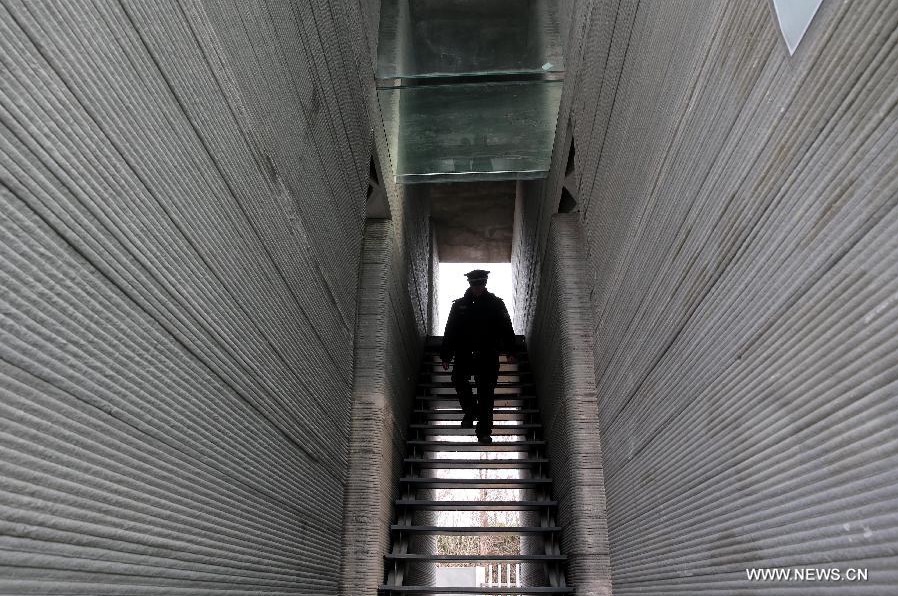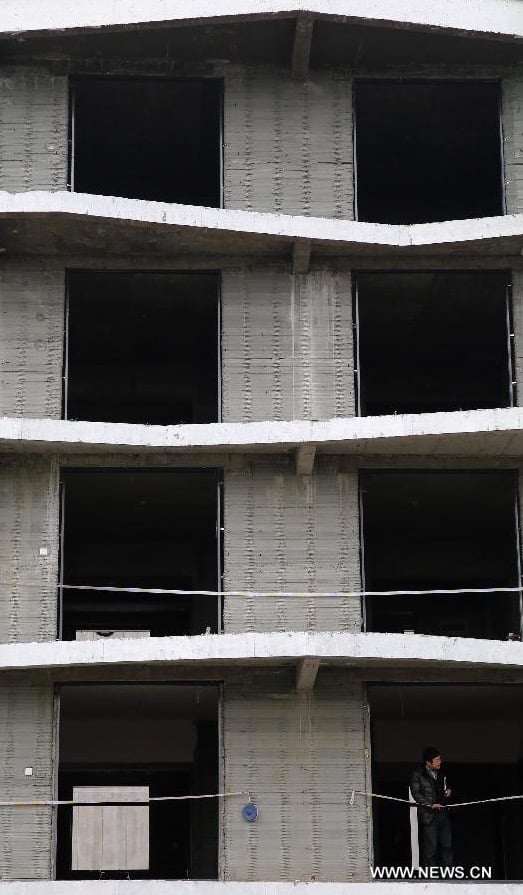
Giant 3D printers have apparently built several large-scale structures in China.
According to a report on Xinhua, the official press agency of the PRC, “giant” 3D printers have been used to print several reasonably large-sized buildings. They say a “standalone villa” and a “six story full-sized building” have recently been printed. Further, they say the extrusion material was derived from “construction wastes”.
Is this true? We were skeptical upon seeing the lead image above, particularly when the headline read “six story building”. The image (shown at top) doesn’t exactly look like a six story building. However, digging a bit further we found additional images which appear to show a truly 3D printed multi-story building.

The extrusion layers are extremely rough, but that’s exactly what you’d expect when printing such a large object. Fine layers for detail are irrelevant as merely the structural walls were printed. Coverings will no doubt be applied to the interior walls to finish them off.
The material appears to be a concrete-like mix, which indeed could be made from “construction wastes”, at least partially.

Here we see an interior view of a stairway. Evidently the steps have been added after printing, but the majority of the structure looks like it was 3D printed. Note the very coarse layers. Roof layers may also have been added after printing.

Six stories? Well, here’s an image of four stories. If you can print four, you likely can do six, so we’ll call this one probable. Again, notice the coarse, yet highly uniform layers.
We don’t have much further information on this project. Of particular interest would be the cost of printing. While the print operations likely reduce the labor and time required to build the structure, it’s not clear whether this project was financially effective.
Another question would be the nature of the printing machinery itself, as none was shown in Xinhua’s images. The structure is clearly conventional, having straight walls with no unusual features. The key advantage of 3D printing is enabling the printing of structures not possible with traditional building techniques. That’s clearly not the case here, as this structure could easily have been made with a gang of workers and some bricks. It could be there are constraints on the device used – or that this was a first attempt that employed a very simple 3D model to ensure success.
Regardless, it does appear to be a significant milestone in 3D printing: multistory buildings apparently have been 3D printed.
Via Xinhua

